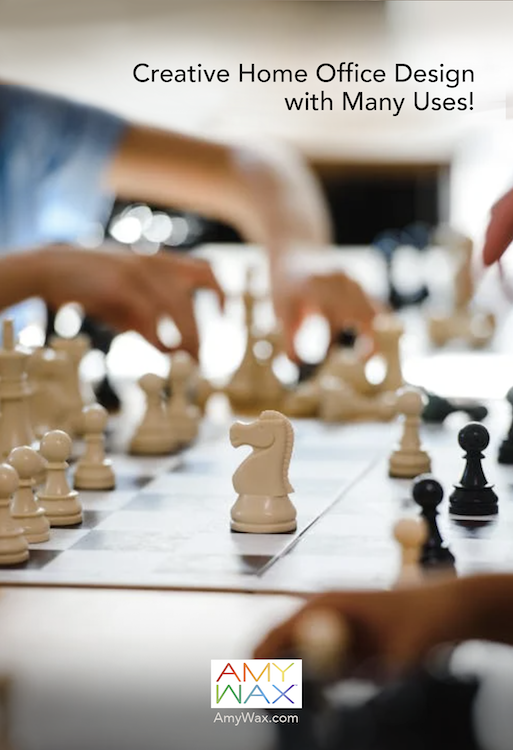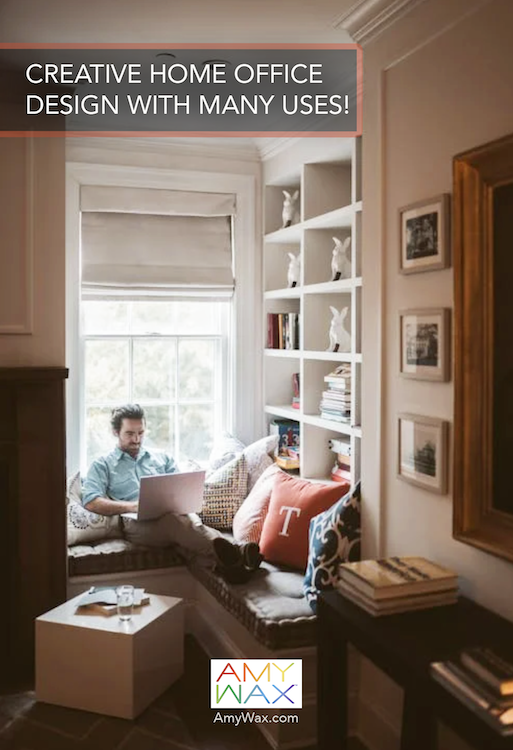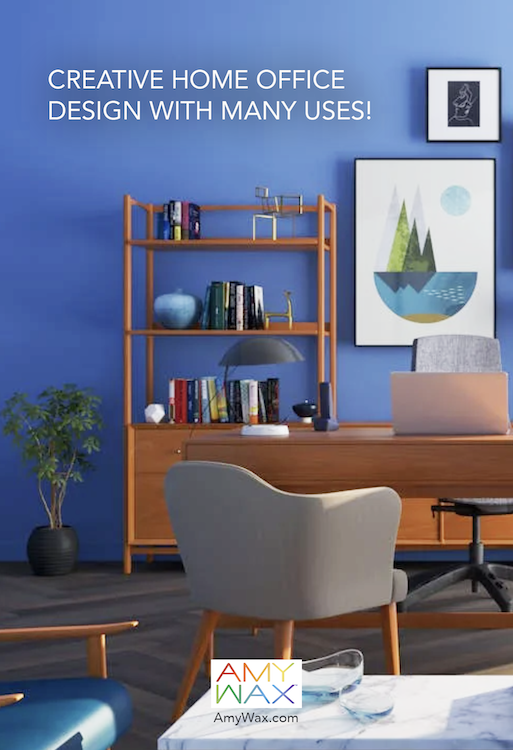
It’s been years since the pandemic forced businesses to close their doors and, if eligible, have employees work remotely from home. Many businesses stood with the remote work model well after COVID-19 outbreaks were under control, opting for the lower overhead costs of commercial real estate and allowing employees to have more flexibility with their schedules and endure less wasted time with commutes.
While full-time remote work still accounts for a significant percentage of the American workforce, many companies are asking employees to return to the office and resume a schedule more typical of the standard in-office 9-5. However, a large segment of the workforce also works remotely part-time, which I’d like to discuss in this article.
Now that many people have returned to the workspace, full-time or part-time, many home offices sit underutilized and not functioning fully as they would have during remote working times. But what can be done with these converted home offices? Should they sit as is, getting a few hours a week of engaged use? To that, I say, no way!
With some mindful modifications, the home office design can be made multi-use and multifunctional! As a designer/color specialist, I’d like to share some ways to accomplish this.

Where do you begin? The best place to start is to think about how your family (everyone included) can use your space efficiently. Think about what your family needs most. Is it a place to gather and connect? A quiet retreat for hobbies? A kid-friendly zone for learning and play? The beauty of a multi-use space is its versatility—it can evolve with your family.
The trap you want to avoid is getting over-enthusiastic about one function and letting that guide your decision-making. For example, maybe your kids are into practicing guitar right now, or you’ve found a new interest in painting. While that’s all well and good, these hobbies may not be everlasting, and if you overcommit to one, the space may sit unused once more.
Here are a few ideas that may work best with your family’s needs for the multiuse space:
Family Library: A serene space for reading, studying, or simply unwinding with a book.
Creative Studio: Perfect for arts, crafts, music, or other passion projects.
Homework and Study Station: A distraction-free zone for your kids to focus on schoolwork.
Game Room: A lively spot for board games, puzzles, or video gaming sessions.
Wellness Retreat: Transform it into a yoga studio, meditation nook, or home gym.
Listening Room/Lounge: A space to relax with your hi-fi and lounge in a comfortable listening chair.
Now, remember that none of these space ideas have to be mutually exclusive. You can have a family library and creative studio in the same room—the beauty of multifunctional spaces! However, depending on the functions you choose to prioritize, there will be some design and space considerations. Keep a space for yourself so your home office will be available when needed.

When reimagining your home office, color is how to set the tone for different activities. Of course, like all color selections, there’s tact and strategy needed for home office colors as well. For calm, focused tasks like reading, studying, or meditating, choose soothing, grounded, productive colors. Soft neutrals like beige or greige, paired with earth tones such as sage green or muted blues, create a tranquil environment perfect for a family library, homework station, or wellness retreat. These colors reduce visual noise and support relaxation, making them ideal for spaces dedicated to slowing down the pulse and concentrating without distraction.
If your space is better suited for dynamic activities such as crafts, gaming, and light play, opt for a more vibrant and energizing palette. Spirited greens, corals, or blues inspire creativity and playfulness, while rich jewel tones like navy, deep plum, or emerald green set the stage for a lively game room comfortable for adults!
You’ll most likely decide to incorporate color(s) that work well for all the activities you have planned, not just one.

Shelving is both functional and decorative, which is why I recommend using decorative shelving, a timeless choice for any multi-use space; open shelves are great for displaying items like collectible books, framed photos, and even vintage, retro hi-fi gear!
Floating shelves can also be a stylish and space-saving solution, especially for showcasing lighter items like plants, decorative jars, small tools, or even art supplies. Whatever your choice, well-organized shelving helps create a room that feels both functional and thoughtfully designed!
In a multi-use space, hidden storage is the unsung hero of functionality. The key to maintaining a tidy and versatile room is ensuring everything has its place—preferably out of sight when not in use. Benches with built-in storage compartments are perfect for tucking away blankets, board games, or craft supplies while doubling as extra seating. Coffee tables or ottomans with hidden compartments provide easy-access storage without adding visual clutter. Lastly, a comfortable setting is a must; if you want everyone to enjoy your multi-use space, comfort cannot be sacrificed!
We all have rooms in our homes that seem unused, important, and neglected by design and inspiration. Don’t let your home office become one of these spaces. You can keep your corner of the world as your office, but there are many opportunities to add creative uses to your home office design!
Reinvent your home office into something multi-use that the whole family can enjoy. If one thing rubs a color expert the wrong way, it’s wasted space and design potential, so don’t let the home office become a stagnant place that never gets used; make it a place you and your whole family will enjoy spending time together.
